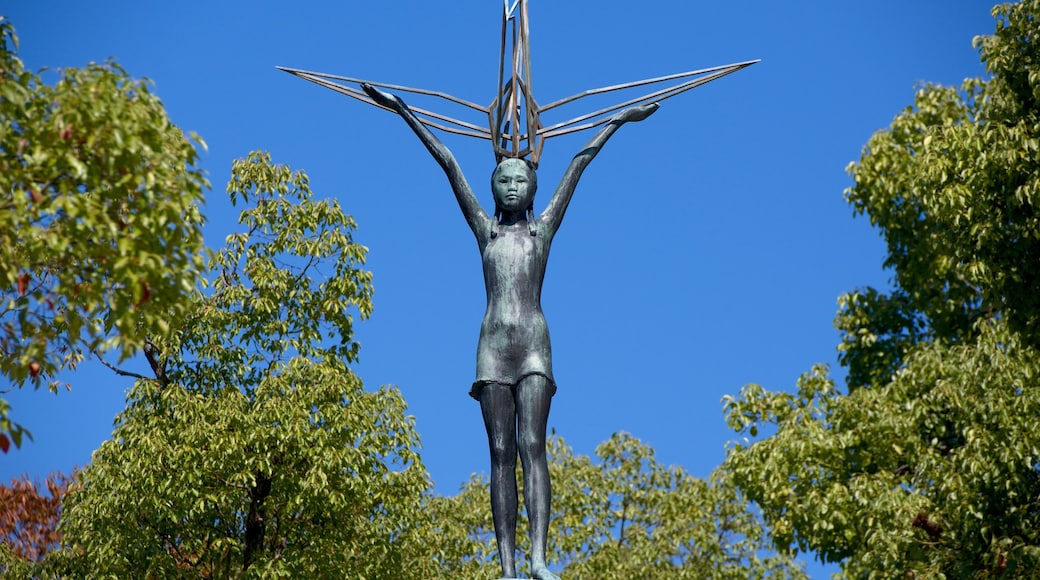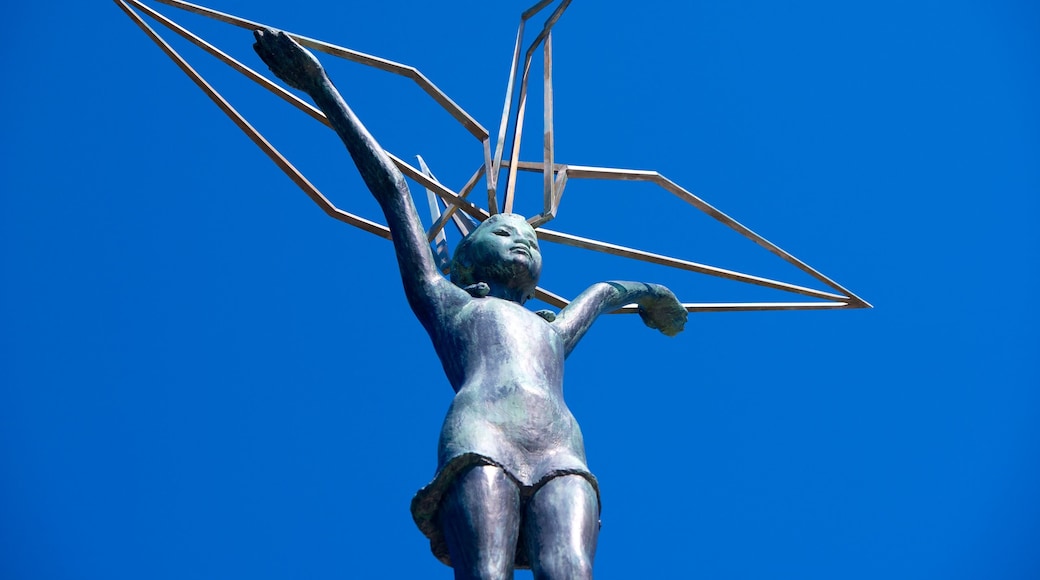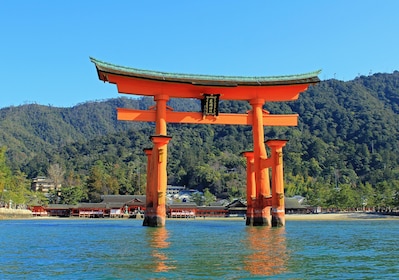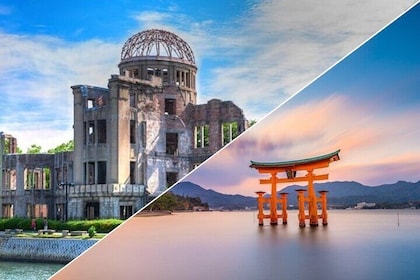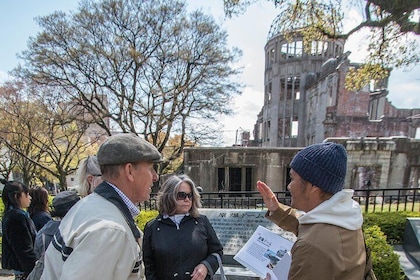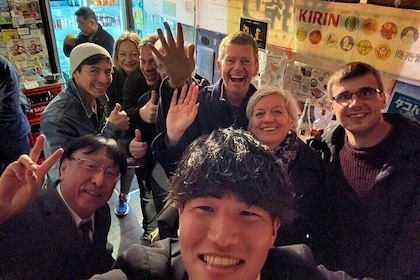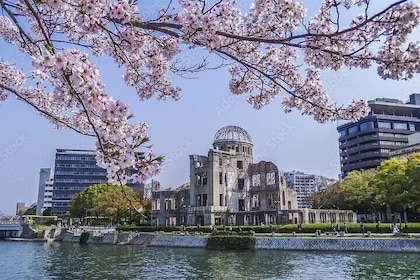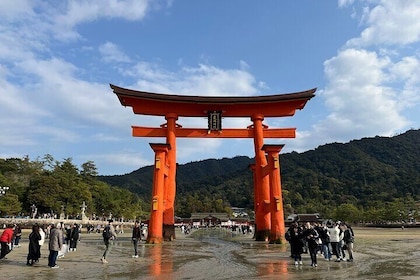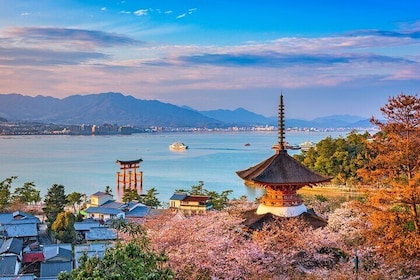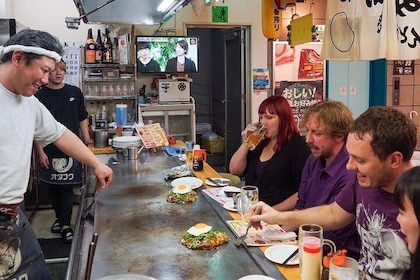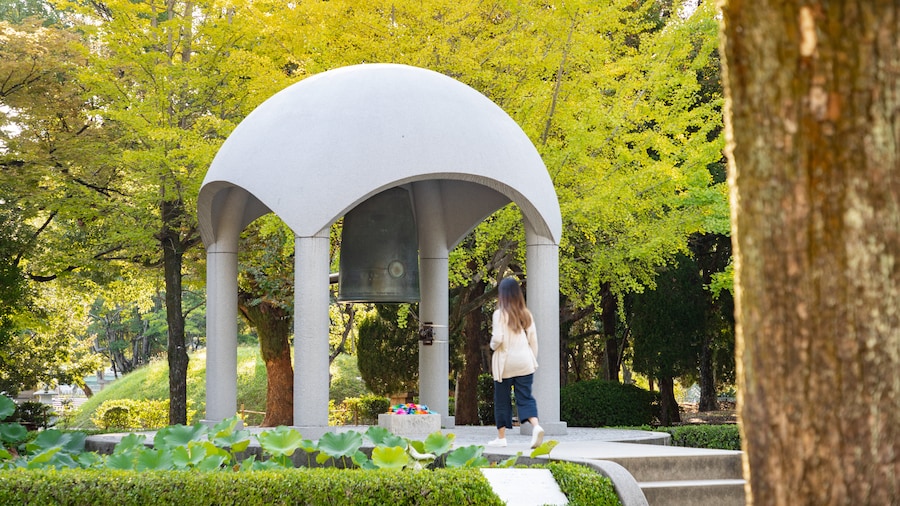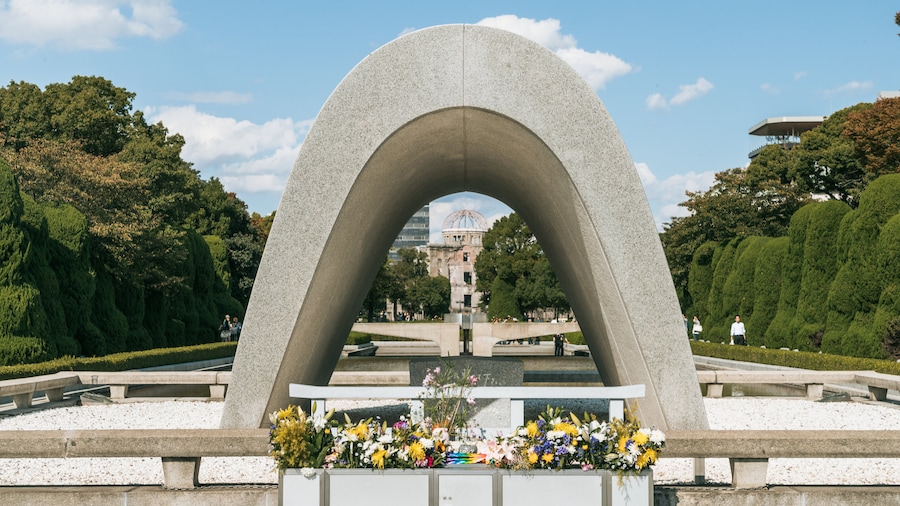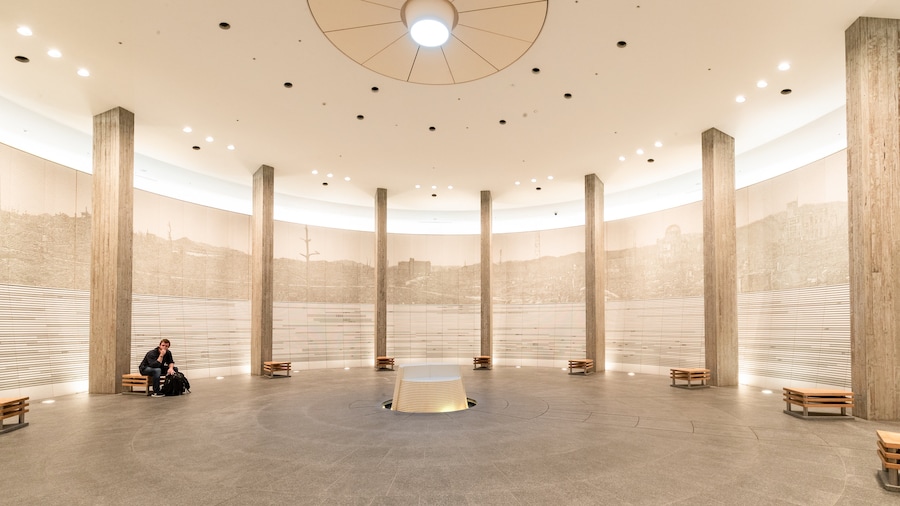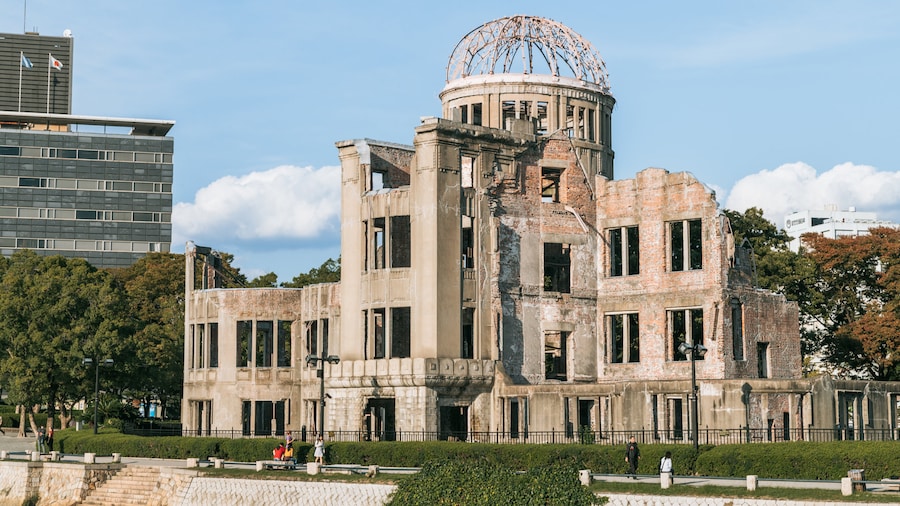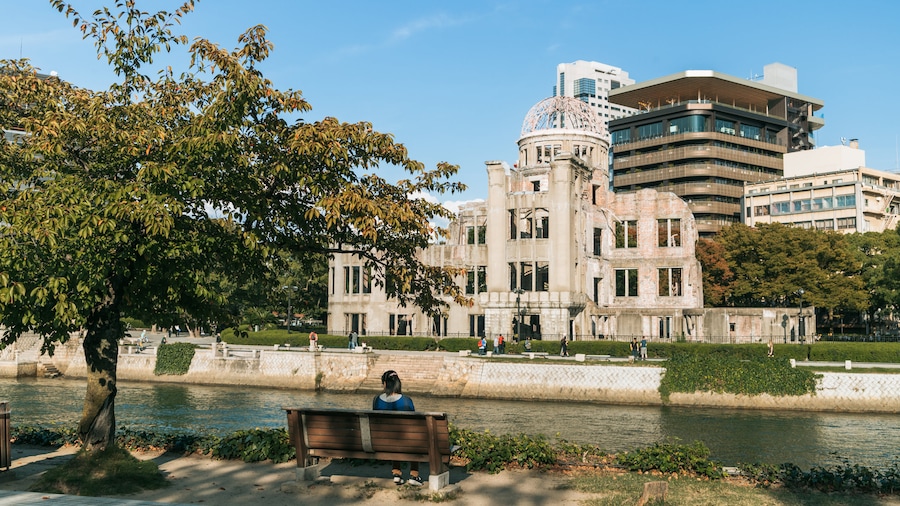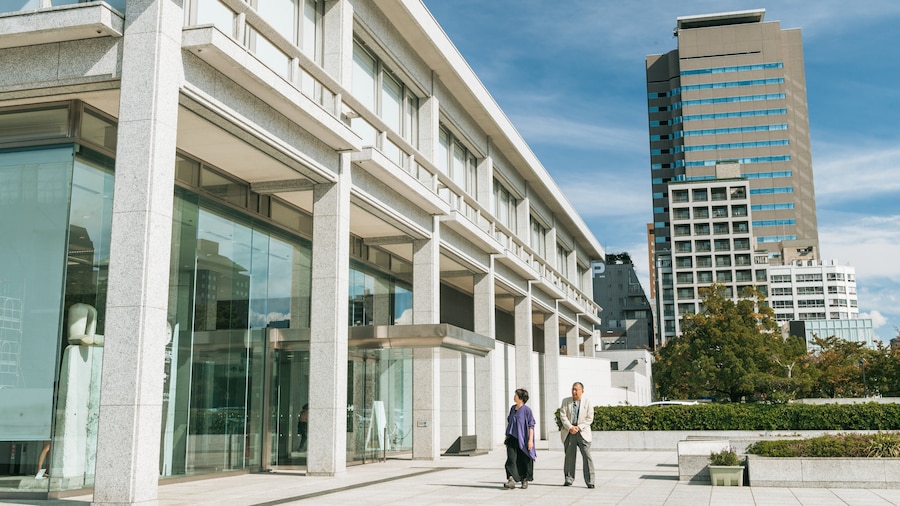Look for the brightly colored origami cranes around this memorial and then discover the story of tragedy and hope behind this monument to the child victims of the atomic bomb.
The Children’s Peace Monument (Genbaku no Ko no Zō, or Statue of the A-Bomb Children) memorializes the lives of children who were killed in the atomic bombing of Hiroshima in 1945 and the deadly radiation that followed. The monument is situated within the Hiroshima Peace Memorial Park and its creation was lead by the classmates of Sadako Sasaki, a Hiroshima schoolgirl who died from leukemia after she was exposed to radiation from the bomb. Sadako’s story inspired a worldwide response and her plight is represented by colorful origami cranes.
According to Japanese tradition, if someone folds a thousand paper cranes, they will be granted a wish. Sadako folded hundreds of cranes in the hope that it might bring her back to health. After her death in 1955, her schoolmates organized a campaign for her remembrance and to memorialize all the child victims of the bomb. The Children’s Peace Monument was created in 1958 and Sadako’s wish continues to be realized by schoolchildren who symbolize her hope with origami cranes. The monument is permanently wreathed with new paper cranes offered by people from around the world. Many more cranes can be seen strung together in garlands inside glass boxes next to the statue. Many of these have been donated by schools across Japan and overseas, as well as passing visitors.
Take a moment to look at the poignant statue. Standing on top of a tall pedestal, a bronze figure of a girl holds a gold-colored origami crane above her head. On opposite sides of the pedestal, you’ll see two figures of children, representing angels. A stone beneath the pedestal bears the inscription: “This is our cry, this is our prayer: for building peace in this world.” A golden crane hangs suspended from a bell within the pedestal’s domed interior.
The Children’s Peace Memorial is located at the northern end of the Hiroshima Peace Memorial Park. The park, situated in Hiroshima’s city center, is open daily for free. The nearest tram stations are Genbaku Domu Mae and Haiwa Kinen Koen. Be sure to learn about the tragedy of the atomic bomb and the city’s pledge for peace at the Hiroshima Peace Memorial Park.
